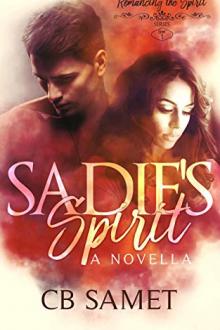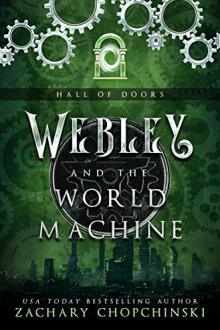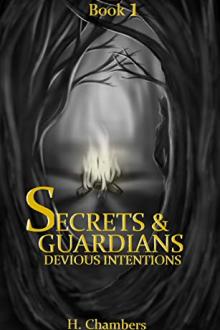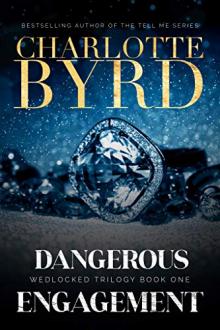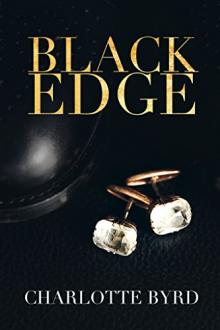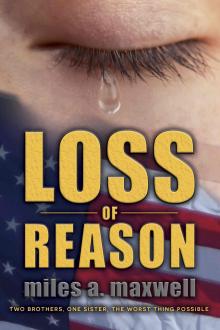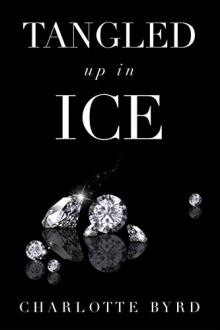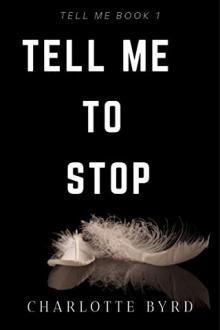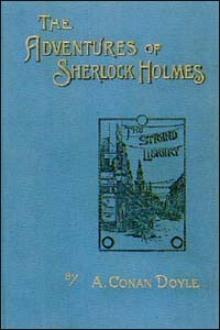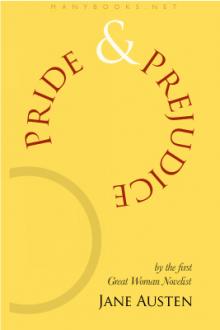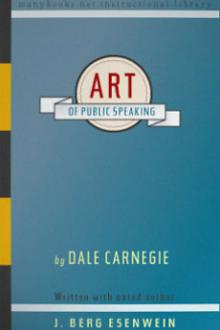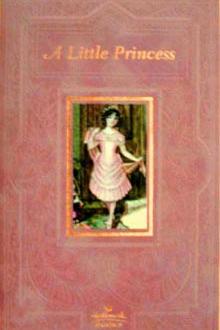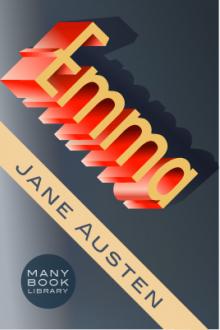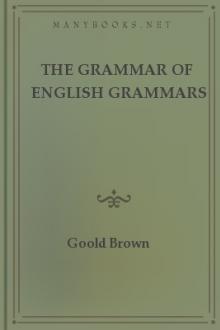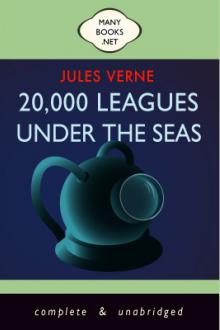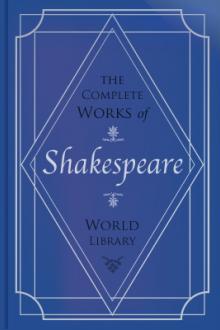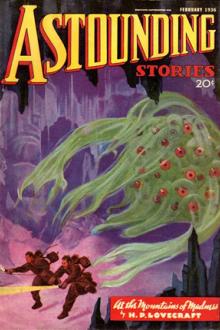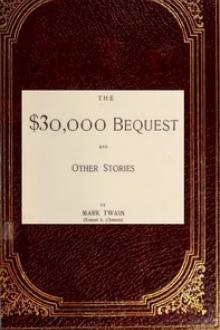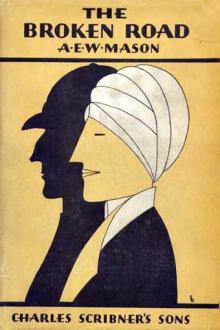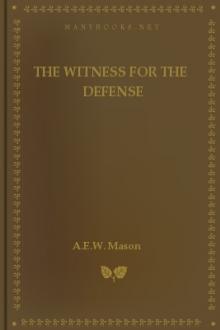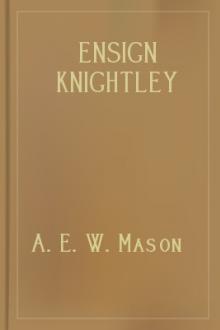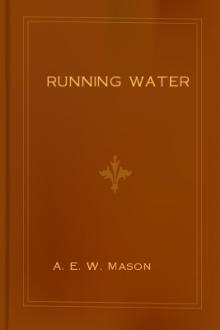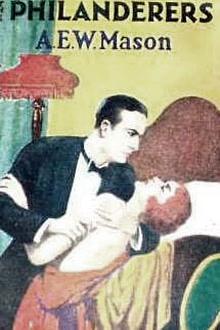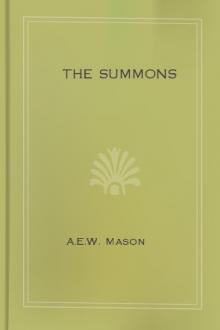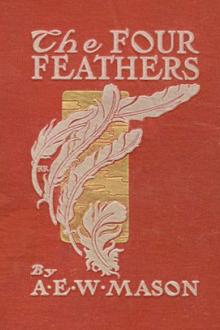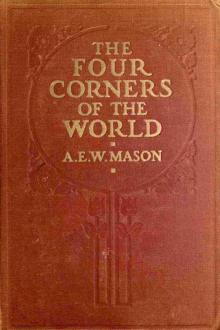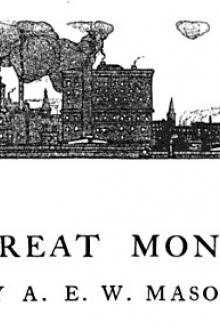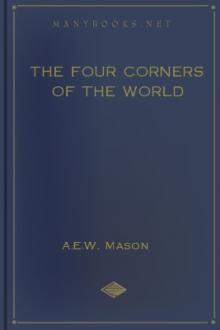At the Villa Rose
Book Excerpt
"Late last night," it ran, "an appalling murder was committed at the Villa Rose, on the road to Lac Bourget. Mme. Camille Dauvray, an elderly, rich woman who was well known at Aix, and had occupied the villa every summer for the last few years, was discovered on the floor of her salon, fully dressed and brutally strangled, while upstairs, her maid, Helene Vauquier, was found in bed, chloroformed, with her hands tied securely behind her back. At the time of going to press she had not recovered consciousness, but the doctor, Emile Peytin, is in attendance upon her, and it is hoped that she will be able shortly to throw some light on this dastardly affair. The police are properly reticent as to the details of the crime, but the following statement may be accepted without hesitation:
"The murder was discovered at twelve o'clock at night by the sergent-de-ville Perrichet, to whose intelligence more than a word of praise is due, and it is
Editor's choice
(view all)Popular books in Mystery/Detective, Pulp, Fiction and Literature
Readers reviews
- Upvote (0)
- Downvote (0)
"Hanaud is not particularly impressive or likeable as the detective. All the characters are cardboard cutouts and not believable as real people."
". . . what really happened is unveiled only later: a remarkable story which fits perfectly in the esoterism craze of the early 20th century."
Hanaud is not particularly impressive or likeable as the detective. All the characters are cardboard cutouts and not believable as real people.
The characters are fairly typical of the period where females fall into well defined categories, (good) young, pure, pale, delicate, naive and willing to faint, (older) wise, well-intentioned, class conscience and pretentious, swoon but rarely faint and (rivals) either jealous, ambitious and conniving or (bad) very ill-mannered girls, to say the least.
The storyline on the other hand is good. It starts with a fairly typical plot line, the all evidence points to one suspect, one. However, it then takes a slightly unusual twist where the case is solved in the middle of the book and the last part of the book becomes a retelling of the crime through the principal characters, which is surprisingly the best part of the book.
What I found most interesting besides the fact this book was made into a movie on three separate occasions was the character of Inspector Hanaud who is French, vain, pompous, condescending and of course cerebral.
Why? I believe this book was published about ten years before Agatha Christie introduced Mr. Poirot raising the question did Agatha Christie use Inspector Hanaud as a model for Mr. Poirot?
Final analysis - If you find British mysteries to be slow, convoluted and too much talk and not enough action? avoid this book.
On the other hand, if you find British mysteries to be just your cup of tea? pass the crumpets.
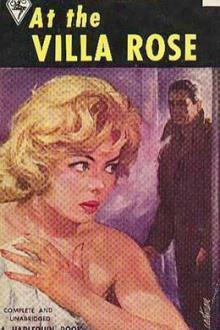
 Free Download
Free Download

